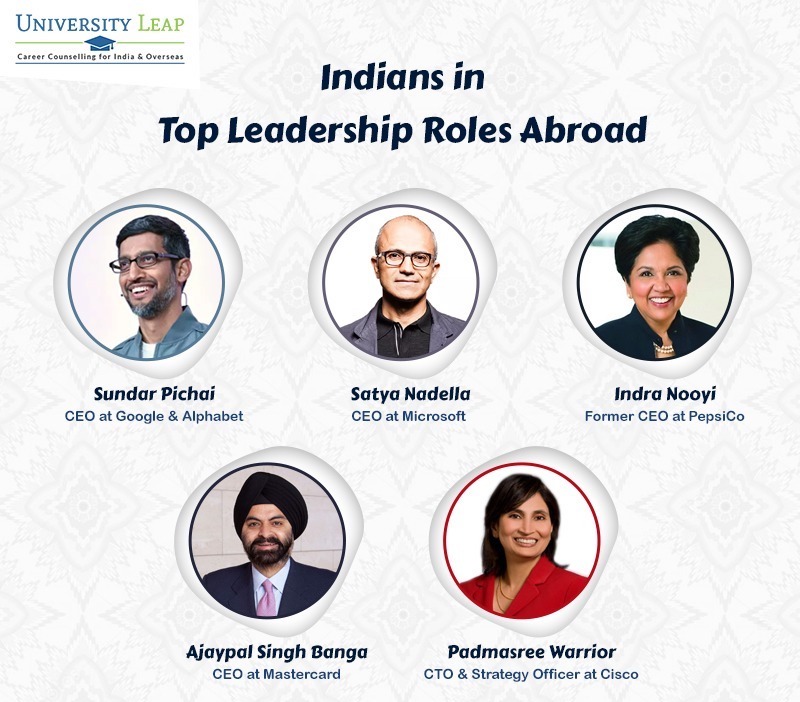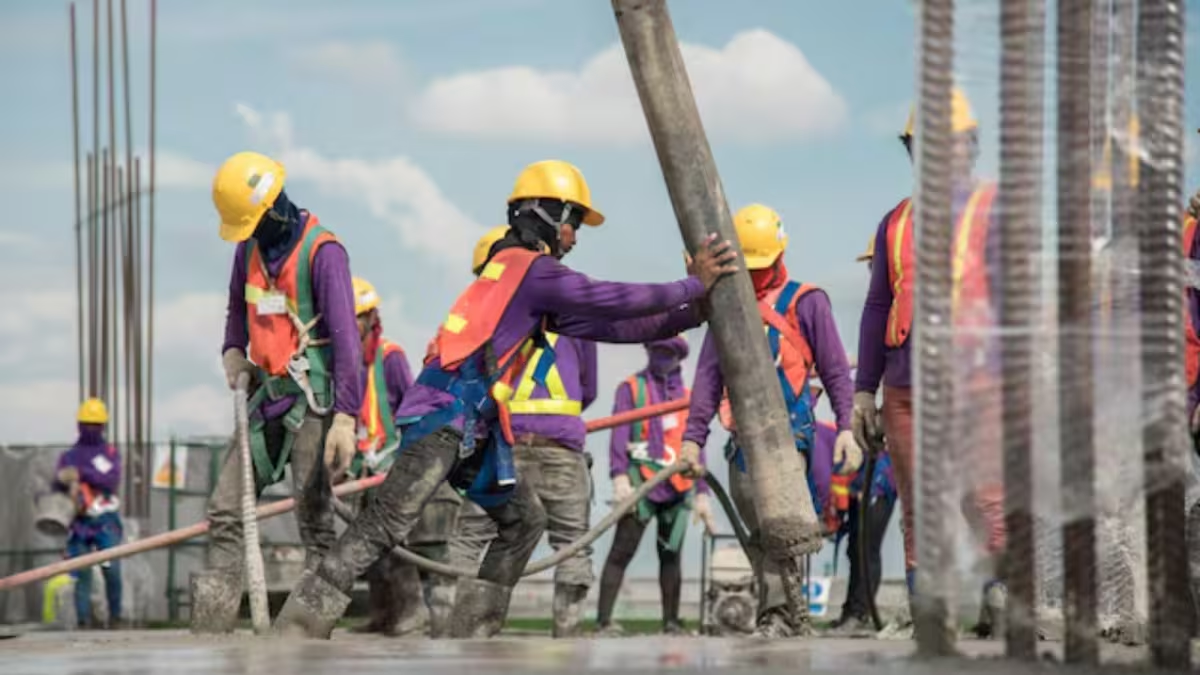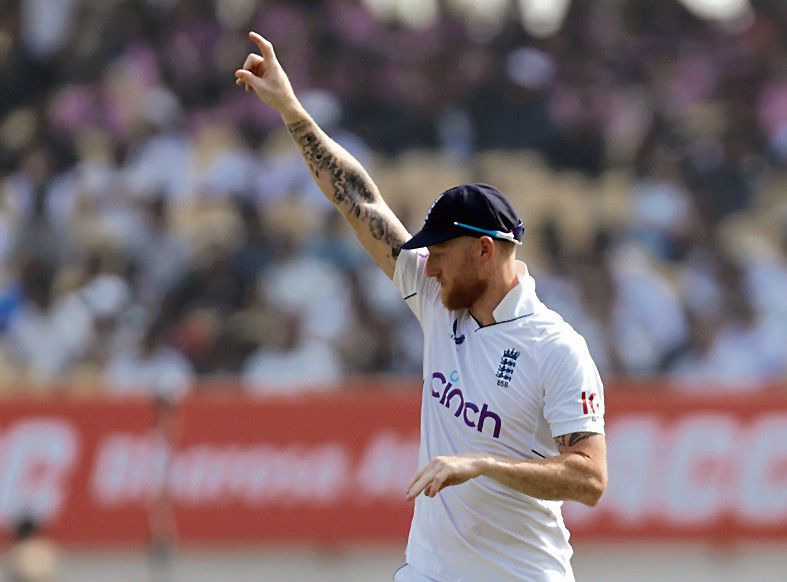Unnava is just one of several Indian leaders who have risen to the top ranks at US B-schools. From 2001 to 2009
- Rao Unnava still remembers his first day as the new dean of the Graduate School of Management (GSM) at the University of California in Davis back in 2016. “It was a very happy place,” he told poetsandquants.com. “Everyone was just smiling all the time. You heard a lot of laughter in the building.”
Under Unnava’s leadership, graduate enrollment at the school has skyrocketed by 300%, and annual revenue has doubled—and is expected to double again over the next five years. Unnava is just one of several Indian leaders who have risen to the top ranks at US B-schools. From 2001 to 2009, Dipak Jain led Northwestern University’s Kellogg School of Management. Paul Almeida took on his second term at Georgetown University’s McDonough School of Business in 2022. Soumitra Dutta, former dean of Cornell’s SC Johnson College of Business, joined the Saïd Business School at the University of Oxford as dean in 2022. Just this year, Rangarajan Sundaram, dean of NYU Stern School of Business, announced that he will be stepping down from his position of six years.
The US remains the top choice for Indian students pursuing higher education abroad. According to a 2023 report, the number of international students from India to the US increased by 35% and resulted in an all-time high of 268,923 students in the academic year of 2022-23
Financial Times recently explored how a wave of Indian academics ascended to leadership roles in prominent US business schools and how they’re shaping institutions for the better.
Many of the deans share a common trajectory: they were raised in India, studied at prestigious Indian technology and management colleges, and pursued postgraduate studies in the US, where many worked their way to the top.
“Culturally, Indians value education and are sensitive to academic brands,” explains Paul Almeida, the dean of the McDonough School of Business at Georgetown University in Washington DC, who obtained his MBA at the Indian Institute of Management before a PhD at Wharton.
“Historically, high quality business education was largely a US phenomenon and academic careers in this area were well compensated and respected,” Almeida says. “Over the years, like in other fields, some Indian professors were successful as academics and now lead their schools as deans.”
Rangarajan Sundaram, dean of New York University’s Stern School of Business, highlights the significant poverty of postwar India. The elite and competitive nature of Indian Institutes of Technology and Indian Institutes of Management “created models, a middle class and educational aspiration” which then attracted him and his peers to the US.
The US remains the top choice for Indian students pursuing higher education abroad. According to a 2023 report, the number of international students from India to the US increased by 35% and resulted in an all-time high of 268,923 students in the academic year of 2022-23.
But Devesh Kapur, Professor of South Asia Studies at Johns Hopkins University in Baltimore, says the growing influx of Indian students coming to the US highlights the failing education systems in India.
“I firmly believe that the mirror image is how weakly Indian higher education has [performed],” he says. “India has gifted the US, in particular, immense talent. It’s worth reflecting what they could have done if they had stayed, and what India has lost.”
***********************************************************************
Readers








